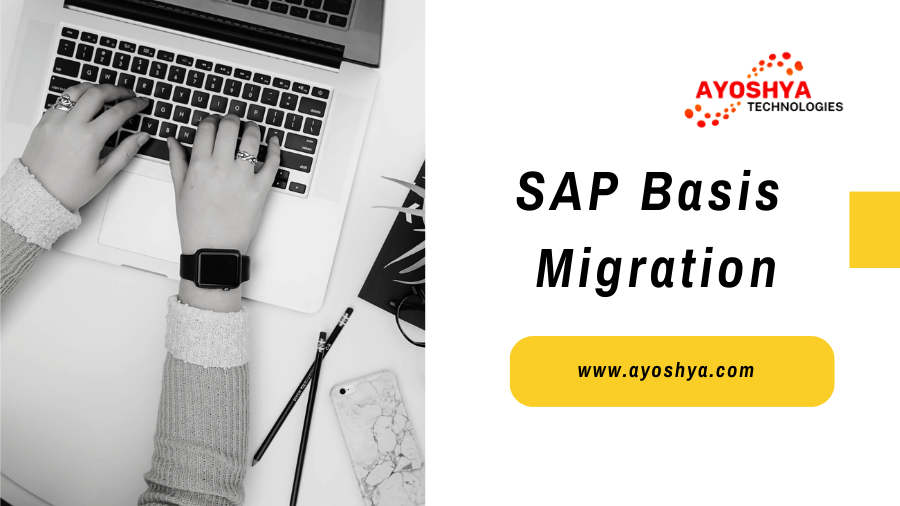Navigating SAP Basis Migration: A Comprehensive Guide
In the ever-evolving landscape of enterprise technology, SAP (Systems, Applications, and Products) remains a dominant force. To stay competitive, organizations often find themselves in the position of needing to migrate their SAP systems, whether it’s due to hardware upgrades, software updates, or cloud adoption. This comprehensive guide will explore the intricacies of SAP Basis migration, providing insights, strategies, and best practices for a successful transition.
Understanding SAP Basis Migration
1. What is SAP Basis?
SAP Basis is the technical foundation that ensures the effective operation of various SAP applications. It includes components for system administration, software deployment, and performance optimization.
2. Why Migrate SAP Basis?
SAP Basis migration may be necessary to upgrade to the latest SAP version, move to the cloud, or replace outdated hardware. It ensures system reliability, security, and performance.
3. Key Considerations
Before embarking on a SAP Basis migration journey, organizations should consider factors such as data migration, system downtime, and compatibility with existing customizations.
4. Types of SAP Basis Migration
There are various types of SAP Basis migrations, including system upgrades, database migrations, and cloud migrations. Each comes with its unique challenges and requirements.
Preparing for SAP Basis Migration
1. Comprehensive Planning
Thorough planning is essential. Define clear objectives, timelines, and budget constraints. Engage key stakeholders and assemble a dedicated migration team.
2. System Assessment
Evaluate the current SAP landscape. Identify customizations, dependencies, and potential roadblocks that may impact the migration process.
3. Data Migration Strategy
Develop a robust data migration strategy. Decide whether to perform a full data migration or opt for a selective approach to reduce downtime.
Executing the Migration
1. System Backup
Take a complete system backup before initiating the migration to ensure data integrity and disaster recovery options.
2. Testing Environment
Create a testing environment that mirrors the production system. Thoroughly test the migration process and resolve any issues before migrating the live system.
3. Minimize Downtime
Minimize system downtime during migration through careful planning and execution. Consider options like a phased migration or performing the migration during off-peak hours.
Post-Migration Considerations
1. System Optimization
After migration, optimize the SAP system for the new environment. Fine-tune configurations, perform system checks, and monitor performance.
2. User Training
Ensure that end-users are trained on any changes resulting from the migration. Provide resources and support to address their concerns.
3. Continuous Monitoring
Implement a monitoring and maintenance plan to keep the SAP system running smoothly. Regularly update software, apply patches, and perform system health checks.
Conclusion
SAP Basis migration is a critical process that requires meticulous planning, execution, and post-migration care. When done correctly, it ensures that your organization’s SAP system remains efficient, secure, and aligned with evolving business needs.
Whether you’re upgrading to the latest SAP version, moving to the cloud, or undergoing other transformations, a well-executed SAP Basis migration is key to success.
Frequently Asked Questions
1. What is SAP Basis?
SAP Basis is the technical foundation that supports the operation of SAP applications, including system administration, software deployment, and performance optimization.
2. Why is SAP Basis migration necessary?
It may be required to upgrade to the latest SAP version, move to the cloud, or replace outdated hardware, ensuring system reliability and security.
3. What are the key considerations for migration?
Consider factors such as system downtime, data migration, compatibility, and the type of migration (e.g., system upgrade, database migration, or cloud migration).
4. How can organizations prepare for migration?
Organizations should engage in comprehensive planning, assess the current system, and develop a robust data migration strategy.
5. What are the post-migration considerations for SAP Basis?
Post-migration activities include system optimization, user training, and continuous monitoring to maintain system efficiency and security.
Read More:



